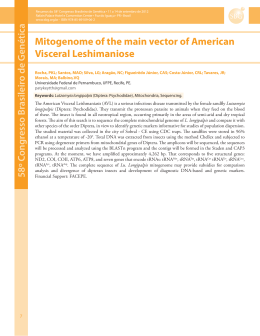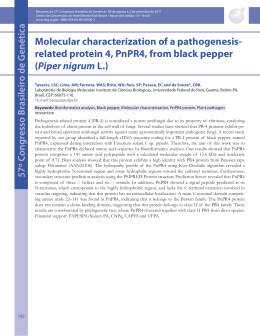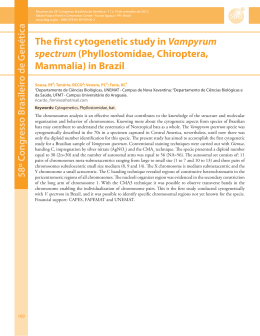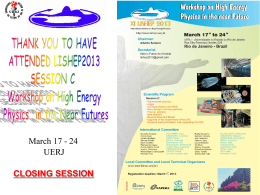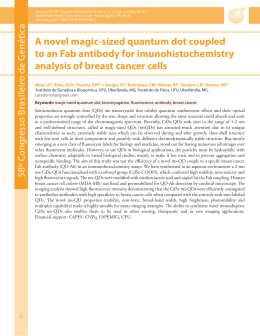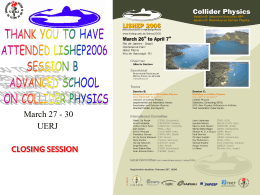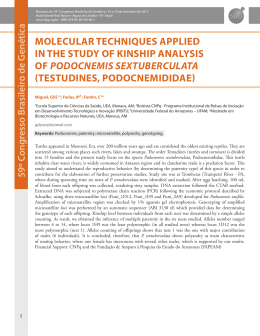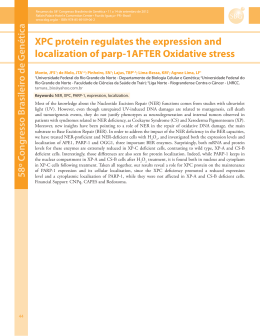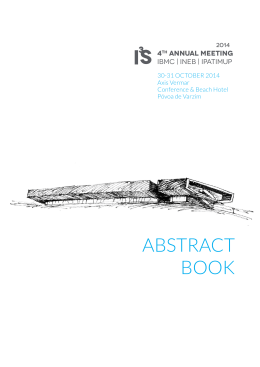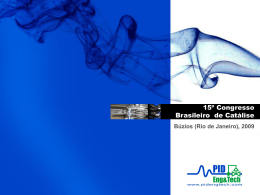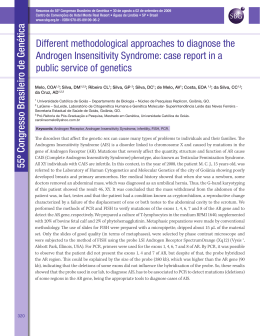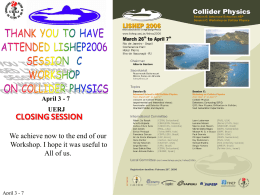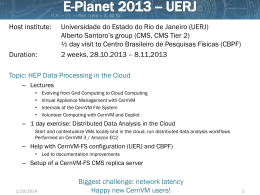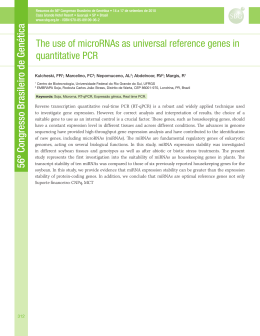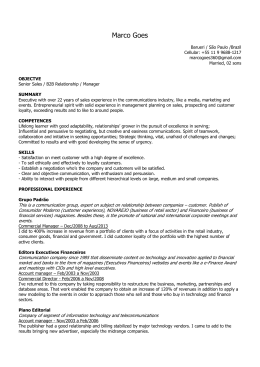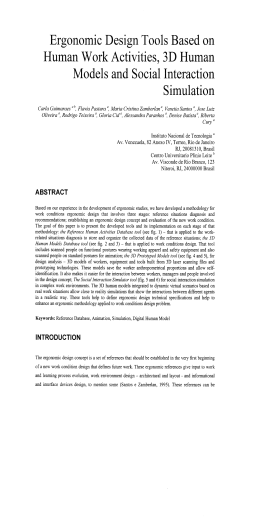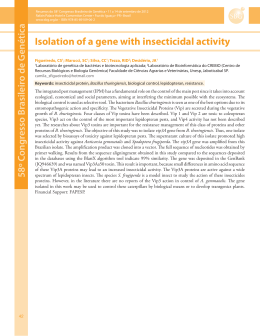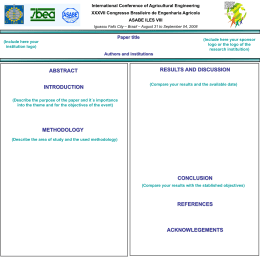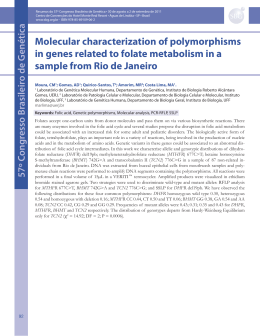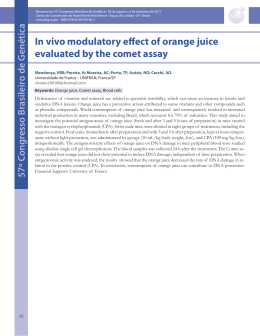59º Congresso Brasileiro de Genética Resumos do 59o Congresso Brasileiro de Genética • 16 a 19 de setembro de 2013 Hotel Monte Real Resort • Águas de Lindóia • SP • Brasil www.sbg.org.br - ISBN 978-85-89109-06-2 33 Comparison of the effects of methanolic extracts of leaves Chrysobalanus icaco in lung cell lines Cruz, LO1; Fróes, BB1,2; Nascimento, LB1,2; Gagliardi, RF3; Oliveira, MBN1; De Mattos, JCP1; Caldeira-de-Araujo, A1; Dantas, FJS1. Laboratório de Radio e Fotobiologia, UERJ, Rio de Janeiro, RJ; 2Famath- Faculdades Integradas Maria Thereza, Niterói, RJ; 3Núcleo de Biotecnologia Vegetal, UERJ, Rio de Janeiro, RJ 1 [email protected] Keywords: Cytotoxicity, Medicinal plants, Methanolic extract. Plants have been used in folk medicine for the treatment of several diseases, despite the little scientific knowledge about their potential toxicity. Studies have been developed to ensure safe and effective use of medicinal plants. The aqueous extract of leaves Abajeru (Chrysobalanus icaco L.) is used popularly as a diuretic and hypoglycemic. The aim of this study was to evaluate the biological effects of this extract in a neoplastic cell line and its corresponding wild. Cuttings of C. icaco were collected at the Parque das Dunas in Cabo Frio (22 ° 54’26, 4’’ S, 42 ° 02’05, 5’’ W), RJ and leaves separated into two groups: (i) intact and (ii ) preyed, and both were maintained in methanol (50g / L). Following, the extracts were submitted to rotary evaporator. Cytotoxic effect was assayed in lung carcinoma cells (A549 cells) and its wild line lung (MRC5). The cell cultures were distributed in 24-well plates with F12 medium and incubated at 37 ° C and 5% CO2 for 24h. After this, the culture medium was discarded, cells were washing with phosphate buffered saline (PBS), the fresh growth medium was added to each well, plus different plant extract concentrations (6.25 and 12.5 µg/ml). The cells were incubated for 24 hours and then, treated with trypsin-EDTA solution (0.01% and 0.1). After centrifugation, cells were stained with Trypan Blue and counted in a Neubauer chamber for determining the number of viable and non-viable cells. Cell viability was also evaluated for its ability to multiply. After treatment, aliquots containing 300 cells were incubated at 37°C in a 5% CO2 atmosphere for ten days. Following, cells were washed with PBS, fixing solution was added and stained with Giemsa solution. After drying at room temperature, cell clusters were counting. Genotoxic potential of the plant extract was determined by the comet assay, under alkaline conditions. After treatment, cells were homogenized with low melting point agarose and arranged in glass slides containing normal melt point agarose and then kept in ice-cold lysis solution for 48 hours. After this period, the slides were subjected to horizontal electrophoresis in alkaline buffer. After this, slides were neutralized, stained with silver solution and analyzed under a light microscope and assessed damage according to the intensity tails of comets, in 4 different classes. Higher cytotoxic effect was measured by trypan blue assay when cells were exposed to the extract concentrations of 6.25 and 12.5 µg/ml. The survival rate was lower in A549 cells, when compared to the MRC5 cell line. The neoplasic cells showed decreasing in mitogenic capacity and the comet assay showed increasing damage in DNA of treated A549 cells. In a general manner, cancer cells were more sensible than wild type. Financial support: Faperj, CNPq e UERJ
Download

